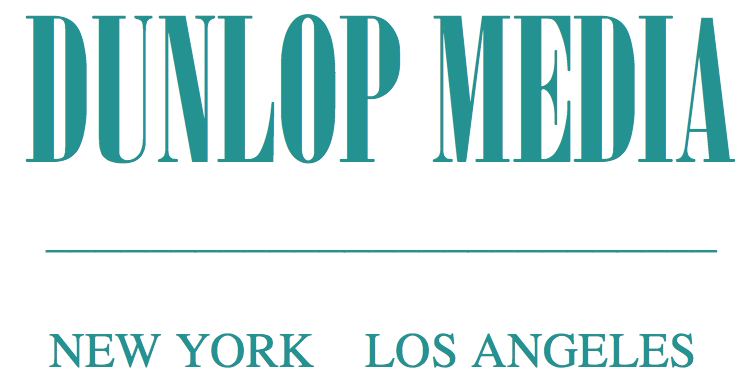Four basic principles communicators should follow in any health emergency
Media commentary by Steve Dunlop
Listen to podcast version here
At the time of the historic Three Mile Island nuclear accident, I was a young news editor at New York’s WOR, which was then one of the most influential radio stations in the country. I was responsible for thirteen newscasts each day, along with news headlines, sports headlines, and assigning our reporters to stories in the field.
One day when I was arriving to work the afternoon shift, the desk assistant told me a medical doctor was on the phone, and wanted to speak with an editor. The doctor introduced himself and then stunned me with a simple question.
“Do you realize,” he said, “that your newscaster just gave out a lethal prescription on the air?”
Lethal, I wondered? I knew we had reported on fears of a Three Mile Island style accident at the Indian Point nuclear plant just north of the city. A local lawmaker had been calling on schools to take the precaution of stocking potassium iodide pills, which block the thyroid’s absorption of radioactivity, so that they could be distributed to students in an emergency.
I went back and checked the news anchor’s script from the shift before mine began. He had accidentally written that the schoolchildren should be given, not potassium iodide, but potassium cyanide. The previous editor had missed it. Hundreds of thousands of people had heard it. Obviously, we issued a correction.
Of course, no school followed that advice, and there was no accident at Indian Point. But it impressed on me the overarching importance of disseminating accurate information, especially when it comes to public health, and really taking the time to proofread and vet it before pushing it out.
Three Mile Island is history, of course. We live in the fake news era, where media is entertainment, basic information seems pliable, and forces are at work across the political spectrum to take facts and twist them to fit this or that agenda.
But in a health crisis there is no room for politics, games or misstatements. Whether you’re communicating urgent information to the news media, your stockholders, or your own employees in a crisis, accurate, verifiable facts are paramount.
But facts inherently need context to be understood. Context is what we brought to our work with the Centers for Disease Control a few years back, and it’s what we desperately need to communicate with the right balance in the coronavirus epidemic.
So accuracy is job one. But it’s just a start. What follows here is only a sliver of we cover in our communications trainings on a public health situation, but these three additional guideposts are musts:
Clarity. Avoid health care jargon that may be understood by you, but not by others. Keep your words simple. I like to suggest the “Uncle Ralph Test.” If your Uncle Ralph will understand your phrasing, go with it. If he won’t, don’t. Whenever possible, use first or second person pronouns to keep your tone conversational and approachable.
Precision. Use simple words, yes, but choose them carefully. Keep in mind that your audience in a crisis is listening with heightened anxiety. Strive for language that doesn’t lend itself to misinterpretation, especially by people who might only be half listening or distracted. And learn strategies for answering questions that incorporate that same principle of precision.
Empathy. The coronavirus does not infect rocks or trees. It attacks human beings, with real lives, loved ones and livelihoods. Remember that every health crisis is at its core a human crisis. Speak with compassion for those suffering, and genuine understanding of the emotions in play. And even if your message is inherently alarming, and your options limited, people still want to know what they can do. Whatever simple, actionable advice you can offer, move it high up on your narrative.
As of this writing, it appears that outbreaks of what the scientists call COVID-19 will be part of our global landscape for some time. Which brings me around to a fifth suggestion for communicators. Stay informed. With each wave of infection, the scientists on the front lines of halting this epidemic are learning something to apply to the next. I don’t agree with the philosopher Friedrich Nietzsche about very much, but one of his aphorisms makes good sense to this day. “That which does not kill us,” he said, “makes us stronger.”
To learn more about our services addressing this urgent need, click here.
Listen to the podcast of this Press Center Commentary here.


